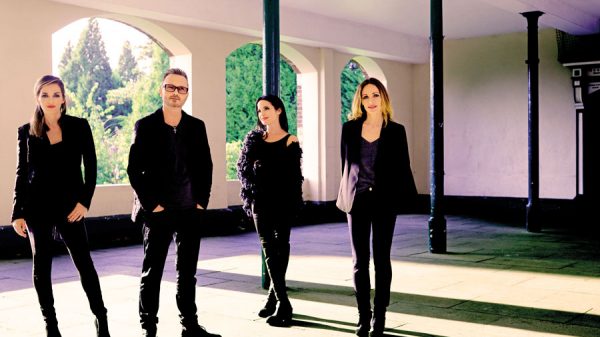As the holiday season approaches, the air becomes filled with the familiar sounds of festive tunes, and one song that has stood the test of time is Wham’s ‘Last Christmas.’ This iconic track continues to captivate audiences with its catchy melody, heartfelt lyrics, and timeless appeal. Let’s delve into the magic of ‘Last Christmas’ and explore why it remains a cherished part of the holiday soundtrack for many.
From the moment the first notes of “Last Christmas” start playing, a sense of nostalgia washes over listeners. The upbeat and infectious melody, featuring jingling bells and a cheerful rhythm, sets the perfect festive tone. George Michael and Andrew Ridgeley, the duo behind Wham, crafted a musical gem that effortlessly blends pop sensibilities with holiday cheer, making it a song that resonates with people of all ages.
George Michael wrote “Last Christmas” during the summer of 1984 while staying at his parents’ home. The story behind the song’s creation involves a mix of inspiration, emotions, and a bit of irony. The idea for the song reportedly came to George Michael while he was relaxing by the pool. The summer setting seems an unlikely backdrop for a Christmas song, but Michael was inspired by the contrast between the festive holiday season and the warmth of summer. The irony of creating a Christmas song during a season so different from winter added a unique layer to the song’s inception. “Last Christmas” was initially released as a single by Wham! in December 1984, and it quickly became a holiday classic. Its success has endured over the years, with the song being covered by numerous artists and maintaining a prominent place in the festive music repertoire. The story behind the creation of “Last Christmas” showcases George Michael’s ability to blend creativity, emotion, and a touch of irony to craft a timeless and universally beloved holiday song.
At its core, “Last Christmas” is a song about heartbreak and the complexities of love during the holiday season. The lyrics tell the story of someone who gave their heart to someone special last Christmas, only to have it broken. The melancholic yet relatable theme strikes a chord with listeners, as many can empathise with the emotional ups and downs that come with love and loss, especially during a time traditionally associated with joy and togetherness.
George Michael’s vocal delivery adds a layer of vulnerability to the song, infusing it with raw emotion. The sincerity in his voice brings the lyrics to life, making it easy for listeners to connect with the narrator’s feelings of betrayal and heartache. Michael’s ability to convey both the pain of a broken heart and the hope for a better future showcases his exceptional talent as a vocalist and storyteller.
The accompanying music video for “Last Christmas” has become just as iconic as the song itself. Filmed in the Swiss Alps, the video features the members of Wham dressed in stylish winter attire against a backdrop of snow-covered landscapes. The picturesque scenes and festive atmosphere contribute to the song’s enduring visual appeal. The video’s storyline, complete with romantic entanglements and unexpected twists, adds an engaging narrative element that enhances the overall experience of the song.
“Last Christmas” has not only stood the test of time but has also become a holiday classic that transcends generations. Its enduring popularity is evident in the countless covers and renditions by various artists across the years. From Taylor Swift to Ariana Grande, musicians from different genres have paid homage to Wham’s holiday masterpiece, putting their unique spin on the beloved track while preserving its essence.
Beyond its musical influence, “Last Christmas” has become ingrained in popular culture and holiday traditions. The song is a staple in shops, radio stations, and festive playlists, creating a sense of shared experience among listeners. Its presence in movies, TV shows, and commercials further solidifies its status as a cultural touchstone during the Christmas period.






